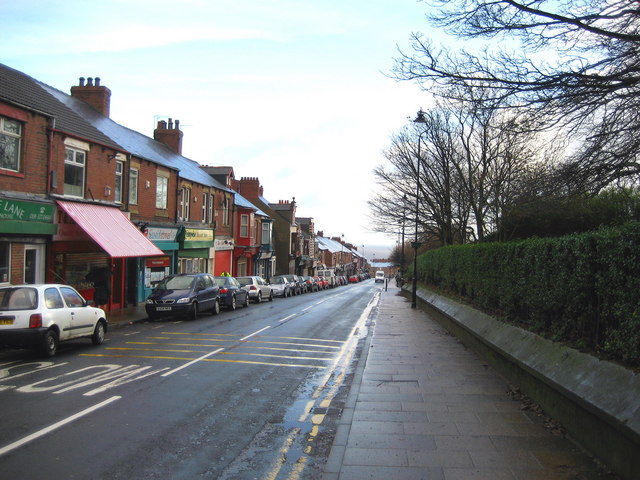EASINGTON COLLIERY - FEBRUARY 2023

-
Description
Easington Colliery began when the pit was sunk in 1899, near the coast; indeed the pylon for the aerial flight that carried tubs of colliery waste from the mine stood just inside the North Sea. Thousands of workers came to the area from all parts of Britain, and with the new community came new shops, pubs, clubs, and many rows of terraced "colliery houses" for the mine workers and their families. On 7 May 1993, the mine was closed, with the loss of 1,400 jobs, causing a decline in the local economy. The pit shaft headgear was demolished the following year. The town's former infant and junior schools were built in 1911. They are adjacent to Seaside Line but lie derelict. A development company bought the buildings in 2003 and applied for planning permission to build 39 residential units, but a public inquiry gave a ruling that protected the buildings from demolition. They have since been listed. Both buildings were demolished in 2021. It was decided in 2009 to create a new unitary authority — Durham County Council — to cover the whole of the county, and most of Easington's staff moved into new offices in Seaham. Easington District Council's office building, which had been the department's home for over eighty years, was demolished in April 2013. The fixtures and fittings, including oak desks, from the council chamber, were placed in storage at Beamish Museum. 1951 colliery explosion There was a major mine disaster in 1951, sometimes called the Duckbill or Duck Bills Flare (or Fire). Although the shafts for the colliery had started to be sunk in 1899, the first coals were not drawn until 1910 due to passing through water-bearing strata. Two main pits were sunk: the North Shaft (downcast)[a] and the South Shaft (upcast).[b] Both of these reached down to the Hutton seam, at 1,430 feet (440 m) and 1,500 feet (460 m), respectively. The seams worked were Five Quarter, Seven Quarter, Main Coal, Low Main and the Hutton at the bottom. Underground, the colliery was split into a number of distinct areas or districts. The explosion occurred in the West or "Duckbill" district (named after the duckbill excavators used in the district), which lies to the northwest of the shafts and to the north of the village. The village is built over the seams, and to safeguard it from subsidence there is a reserved area under it. Significantly, one district extends for four miles (6.4 km) under the North Sea; ventilation was, therefore, not simple: enough air was needed to ventilate the extremities of the eastern workings, whilst that for the closer faces did not need such a powerful supply. Too much air in the closer workings would starve the distant ones. Supplementary fans and traps needed to be employed. The Duckbill district was being developed, and it appears that the effect of this on the ventilation was overlooked, as admitted by the Assistant Agent (Mr H. E. Morgan) in cross-examination. The colliery in 1951 From the pit bottoms, the main roadways extended 380 yards (350 m) to the north, where the West Level branched off and ran for 640 yards (590 m) west to the junction with the Straight North Headings, which head north via drifts into the Five Quarter seam. The West Level continued into a training area. Around 300 yards (270 m) along the Straight North Headings was a further junction where the First West Roads headed west. Some distance further on the second and third roads branched off. Along the First West roads were a number of headings both north and south. The seat of the explosion was at the far end, down the Third South heading. At the end of the Third South heading a cross passage was driven and "long wall" excavation commenced on the retreating wall principle. The cutting machine travels from one end of the long wall to the other, and then back. The cuts are made towards the roads, thus the face retreats from where it started back towards the start of the headings. Behind the cut is a void (known as "goaf") into which spoil was placed and normally the roof is allowed to collapse upon this spoil as props are withdrawn. In the case of the Third South workings this collapse did not occur properly and a void developed above the spoil. -
Owner
Peace Drone -
Source
Youtube (Youtube) -
License
What does this mean? Unknown license check permission to reuse
-
Further information
Link: https://www.youtube.com/watch?v=r_0N3td5GW8
Resource type: Video
Last modified: 1 year, 7 months ago
Viewed: 267 times
Picture Taken: Unknown -
Co-Curate tags





